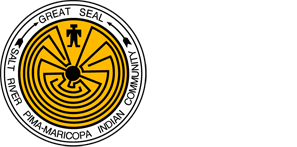Commercial Pretreatment Grease Interceptor Sizing Criteria
All fixtures with a potential to carry grease-bearing waste shall be plumbed to the grease interceptor prior to entering the sewer system.
Gravity Grease Interceptors (GGI)
The first step in determining the appropriate size of the grease interceptor is to calculate the total number of fixture units connected to the interceptor. The volume of the interceptor shall be determined by calculating fixture units (DFUs). Where DFUs are not known, the interceptor shall be sized based on the maximum DFUs allowed for the pipe size connected to the inlet of the interceptor. The next step is to determine the minimum flow rating of the grease interceptor. This is done by multiplying the total fixture unit count times three gallons/minute.
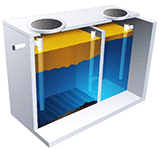
GGIs shall be sized in accordance with the following formula:
- Total DFU’s x 3gpm (flow rate) x retention time.
- Retention time minimum:
- 12 minutes for systems without garbage disposal.
- 17 minutes for systems with garbage disposal
Hydromechanical Grease Interceptors (GGI)
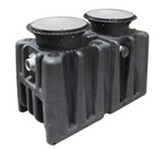
All hydromechanical grease interceptors (HGI) shall be required for those facilities that will have four or less fixtures being discharged. The minimum internal interceptor shall be no smaller than a device rated at 50-gallon-per-minute flow with a 100-pound grease capacity (50/100). If a flow control device is not integral to the interceptor, one shall be installed upstream of the interceptor and in accordance to manufacturer’s specifications.
HGI devices shall be installed in accordance with the manufacturer’s instructions or installed in compliance with ASME A112.14.3, ASME 112.14.4, CSA B481.3 or PDI G101. HGI devices shall be designed and tested in accordance with ASME A112.143 Appendix A, ASME 112.14.4, CSA B481.3 or PDI G101.
The flow-through rates calculated using the following formula:
Total DFU’s (as determined by IPC Section 709) x 3gpm (flow rate)
The Pretreatment Program shall apply these grease trap sizing criteria in combination with its best professional judgment as a part of the approval process. In many cases this may mean that a larger grease trap may be required than the one specified by the sizing criteria.
Commercial Grease interceptor Design Criteria
The grease interceptors must be constructed in accordance with the current SRPMIC Standard Detail.
Exceptions to certain of these criteria may be considered for approval in conjunction with the Plan Review process. In such cases, engineering drawings and supporting performance data must be submitted to and approved by the Public Works Department prior to grease interceptor installation.
View a conceptual drawing of a typical grease interceptor design Standard Detail Drawings: 2018 Construction Details and Notes Detail No. 4400[PDF] and 4401[PDF]
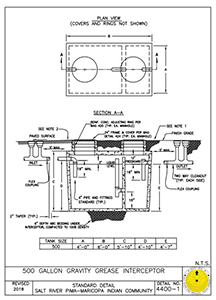
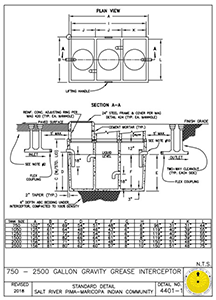
For more information contact:
Public Works Department Customer Service at 480-362-5600
Email SRPMIC Public Works Water Resources Section: PWWaterResources@SRPMIC-nsn.gov

